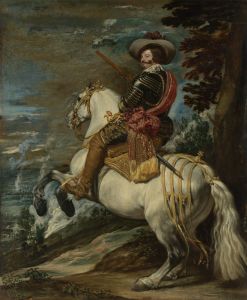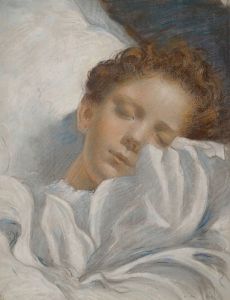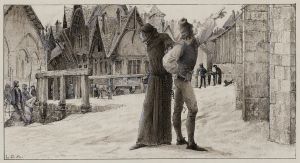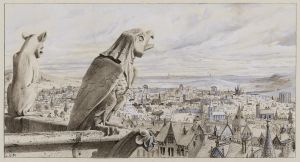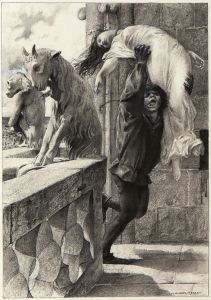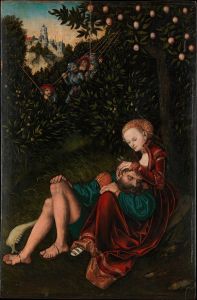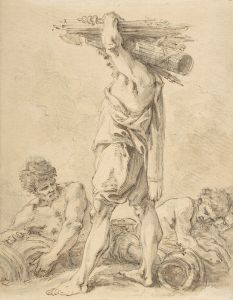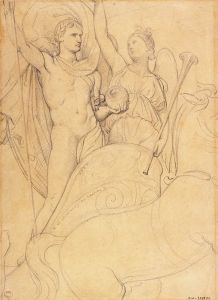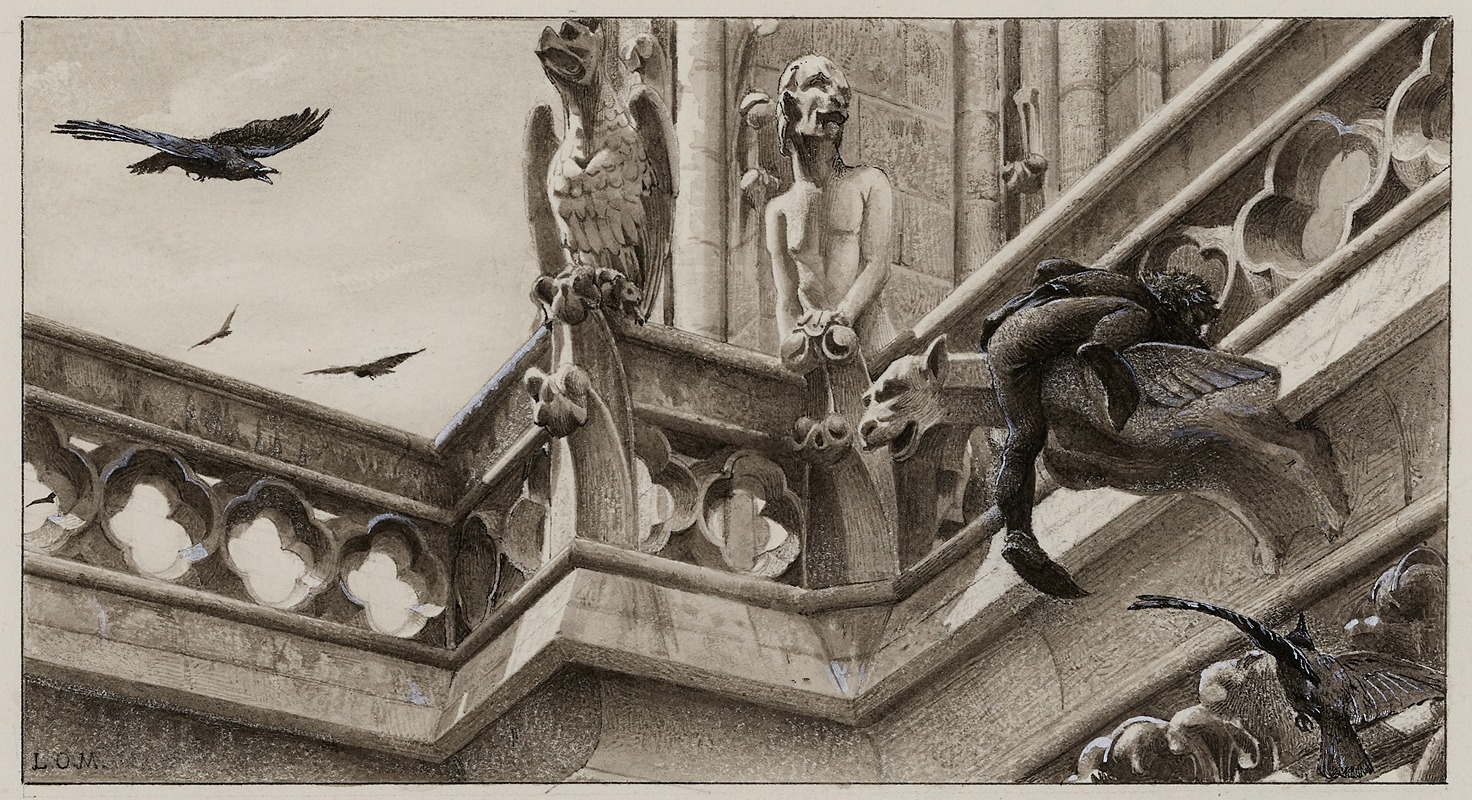
Immanis pecoris custos, immanior ipse
A hand-painted replica of Luc-Olivier Merson’s masterpiece Immanis pecoris custos, immanior ipse, meticulously crafted by professional artists to capture the true essence of the original. Each piece is created with museum-quality canvas and rare mineral pigments, carefully painted by experienced artists with delicate brushstrokes and rich, layered colors to perfectly recreate the texture of the original artwork. Unlike machine-printed reproductions, this hand-painted version brings the painting to life, infused with the artist’s emotions and skill in every stroke. Whether for personal collection or home decoration, it instantly elevates the artistic atmosphere of any space.
Luc-Olivier Merson was a French academic painter and illustrator, born in Paris on May 21, 1846, and died on November 13, 1920. He is known for his detailed and often symbolically rich works, which frequently draw on historical, religious, and mythological themes. One of his notable works is "Immanis pecoris custos, immanior ipse," which translates from Latin to "Guardian of the monstrous flock, himself more monstrous."
This painting, created in 1877, is a striking example of Merson's ability to blend realism with fantastical elements. The title of the painting is derived from a line in Virgil's "Aeneid," which describes the Cyclops Polyphemus. In the context of Merson's work, the painting depicts a scene from Greek mythology, specifically the story of Polyphemus, the giant son of Poseidon and Thoosa, who is best known for his encounter with Odysseus in Homer's "Odyssey."
In "Immanis pecoris custos, immanior ipse," Merson portrays Polyphemus as a solitary figure amidst a desolate landscape. The Cyclops is depicted as a towering, grotesque figure, emphasizing his monstrous nature. The background of the painting is stark and barren, which serves to highlight the isolation and desolation of Polyphemus. Merson's use of light and shadow adds a dramatic effect, enhancing the eerie and foreboding atmosphere of the scene.
The painting is notable for its meticulous attention to detail and the emotional intensity it conveys. Merson's skillful use of color and composition draws the viewer's eye to the central figure of Polyphemus, while the surrounding landscape provides a sense of scale and context. The desolate environment and the monstrous figure of Polyphemus evoke a sense of dread and awe, capturing the viewer's imagination and bringing the mythological story to life.
"Immanis pecoris custos, immanior ipse" was well-received in its time and contributed to Merson's reputation as a master of historical and mythological painting. The work exemplifies the academic style of the 19th century, characterized by its emphasis on classical themes, precise draftsmanship, and careful attention to detail.
Luc-Olivier Merson's contributions to art extend beyond painting; he was also a prolific illustrator and designer. He created illustrations for various literary works, including editions of Dante's "Divine Comedy" and Goethe's "Faust." Additionally, Merson designed postage stamps and banknotes for the French government, showcasing his versatility as an artist.
Today, Merson's works, including "Immanis pecoris custos, immanior ipse," are appreciated for their technical excellence and their ability to convey complex narratives through visual art. His paintings are held in various museums and collections, continuing to inspire and captivate audiences with their blend of realism and fantasy.





